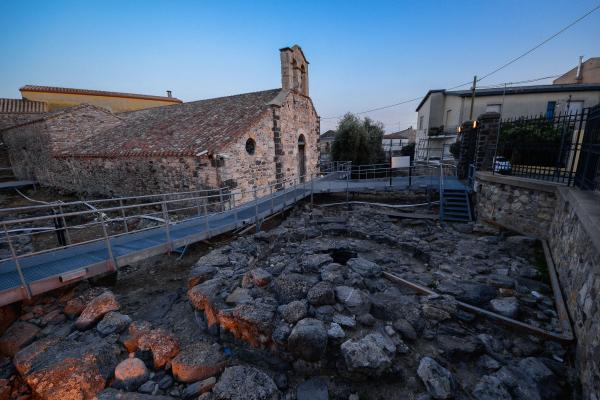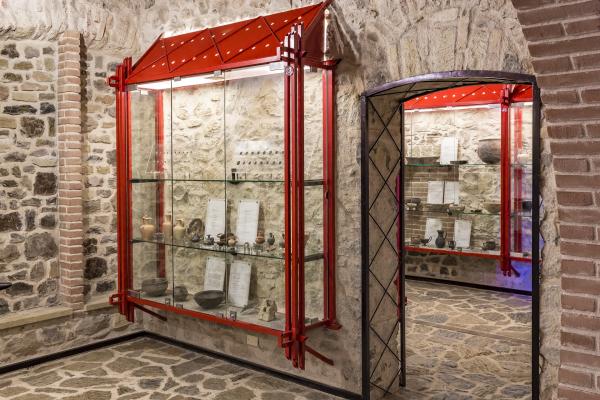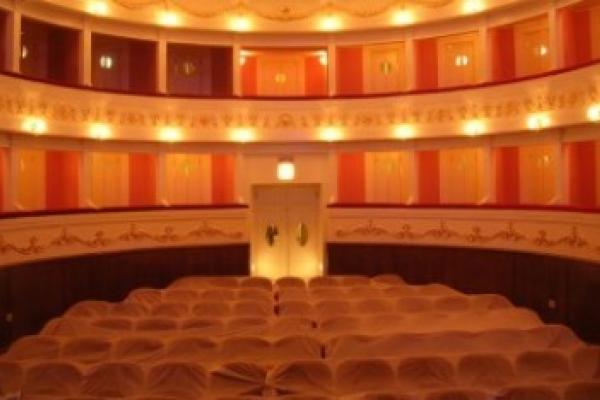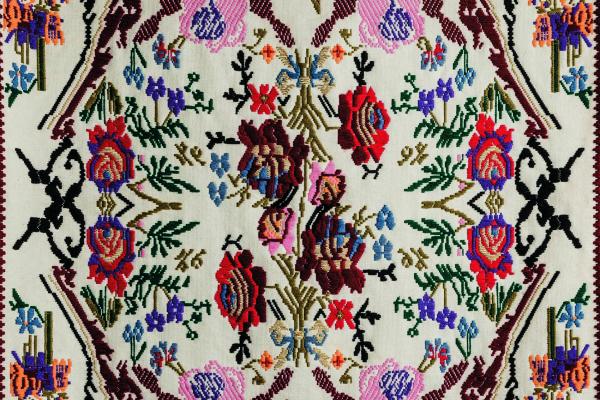Situated in the central-south of Campidano, near the confluence of Flumini Mannu and Flumini Bellu, on lands rich in clay, which has defined its history and economy. Pabillonis is a town of almost 3000 inhabitants, with close ties to its farming and crafting traditions, particularly to the production of baskets and modelling of terracotta to produce tiles, bricks, pans and sciveddas (smoothed and glazed bowls). It has been known as bidda de is pingiadas, the town of pans, for centuries: an exceptional quality of the products is assured by the skill of master ceramicists and high quality of the raw materials available in the surrounding swampy land. The town extends around the Romanesque Church of San Giovanni Battista, the oldest of the town’s churches (12th century). The birth of the saint is celebrated in late June, and his death, in late August with traditional carrus de s’àlinu (decorated floats).

Town
A small farming and crafts town in central Campidano plain, in Sardinia’s south, little more than 60 kilometres from Cagliari, famous for the art of clay modelling
A small farming and crafts town in central Campidano plain, in Sardinia’s south, little more than 60 kilometres from Cagliari, famous for the art of clay modelling
See this place because...
You will discover a town called “the town of pans”, known for its craftsmanship traditions, ancient churches, deep-rooted customs and Nuragic sites
Pictures and videos
You may also like
More attractions in the vicinity















